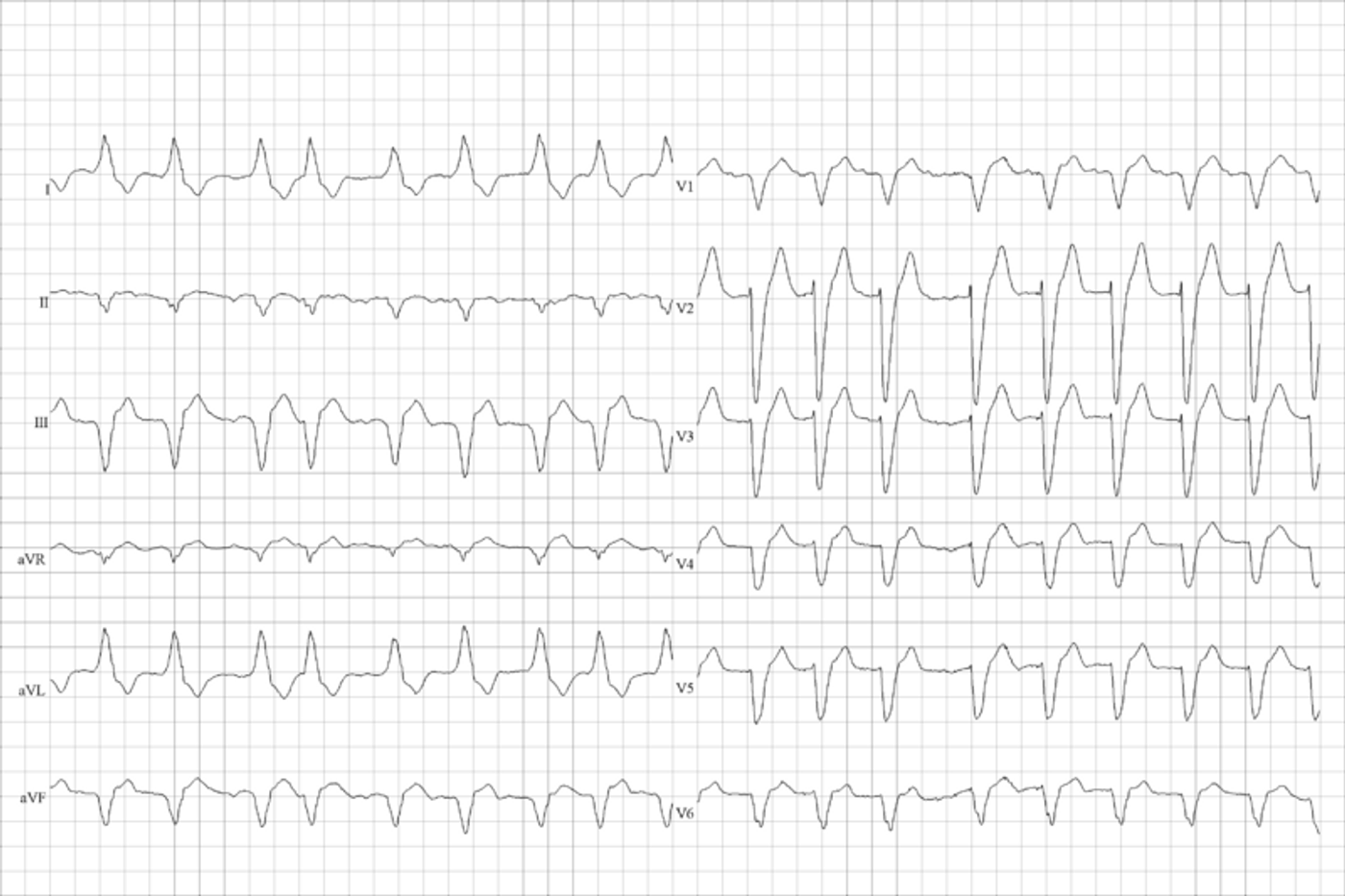Gene Therapy to Reduce Risk of Cardiac Arrhythmia
During recovery from a heart attack, the danger is far from over. In a new study from scientists at the University of Bonn and an international team of collaborators, research findings define a safe way to prevent lethal cardiac arrhythmias from developing.
After a heart attack, the heart tissue suffers serious damage, and afterward the heart has to pump the same amount of blood to the body but without the same amount of healthy, functioning heart muscle cells, called cardiomyocytes. Forcing the heart to work harder than it should can lead to heart failure.
Additionally, the replacement of functional cardiomyocytes with scar tissue prevents normal electrical activity in the heart.
"The connective tissue cells act like an electrical insulator," explained Dr. Wilhelm Röll. "This disruption of conduction results in a condition that is equivalent to a cardiac arrest.”
The study scientists explain that cardiomyocytes are “electrically coupled to each other” via connexin proteins. This connection promotes propagation of electrical waves between cardiomyocytes, which allows the heart to pump in regular heartbeats. Dr. Bernd K. Fleischmann says Connexin 43 is “particularly important for the transmission of electrical stimuli between heart muscle cells.”
In their new study, researchers transferred the gene coding for the Connexin 43 protein into scar tissue cells of mice recovering from heart attacks. Ideally, the added expression of this gene into cells that are normally “electrically silent” could alleviate much of the stress experienced by the heart after losing functional cells from a heart attack.
They found that mice expressing Connexin 43 in their scar tissue cells were half as likely to develop cardiac arrhythmia than mice who did not express Connexin 43. Researchers also observed Connexin 43 improving electrical transmission between cardiomyocytes in the damaged tissue area, a beneficial effect that lasted for several weeks.
"What is new here is that we show that expression of a single gene, connexin 43, enables the electrically silent cells that form the scar to participate in electrical conduction; modest expression of this gene markedly limits the risk of dangerous cardiac arrhythmias in this model of a cardiac infarction," explained Michael Kotlikoff, PhD.
Cardiac arrhythmia can come in many shapes and sizes, the most common being atrial fibrillation, where the upper chambers of the heart beat irregularly, negatively affecting how much blood flows into the lower chambers of the heart and to the rest of the body. Other forms of cardiac arrhythmia include tachycardia, bradycardia, premature contraction, and ventricular fibrillation.
The present study was published in the journal Scientific Reports.
Sources: American Heart Association, University of Bonn









